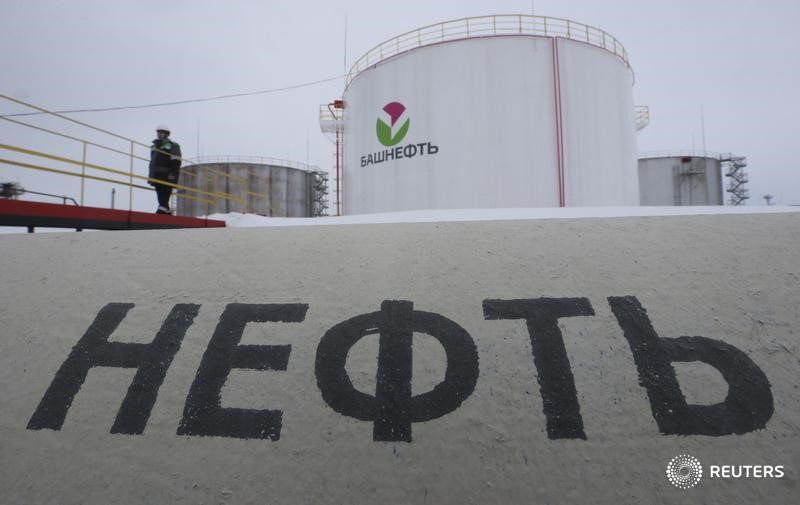By Shariq Khan
NEW YORK (Reuters) -Oil prices rose more than $1 a barrel on Tuesday after falling to the lowest level in more than a week and investors shifted their attention from tensions in the Middle East to the state of the world economies.
futures rose $1.42, or 1.6%, to settle at $88.42 per barrel, and US West Texas Intermediate crude oil futures rose $1.46, or 1.8%, to $83.36 per barrel.
The US weakened after data from S&P Global showed US business activity cooled to a four-month low in April due to weaker demand. A cheaper dollar typically increases demand for dollar-denominated oil from investors who hold other currencies.
More support for prices came from euro zone data, which showed business activity grew at the fastest pace in almost a year this month.
“The market is under pressure from little to no growth from the eurozone, so anything that shows improvement should be supportive,” said Andrew Lipow, president of Lipow Oil Associates.
Market participants are looking past the geopolitical disruptions and focusing on economic indicators and the overall balance between supply and demand, Lipow added.
Both contracts were down more than $1 a barrel at the start of the session on easing tensions between Israel and Iran, along with nagging concerns about demand from top oil importer China.
“On the one hand, there are still doubts about the performance of the Chinese economy, while on the other hand the prevailing sentiment is that OPEC will maintain its price support actions,” said Gaurav Sharma, an independent oil analyst in London.
Remove ads
.
Investors are looking forward to the release later this week of first-quarter U.S. gross domestic product data and March data on personal consumption expenditures, the Fed’s preferred inflation gauge.
“A low GDP figure below 3% could calm the Fed’s nerves somewhat and ease pressure on the resources sector,” said Alex Hodes, an oil analyst at brokerage firm StoneX. “However, a reading above 3% could see the dollar rise further, putting more pressure on commodities.”
{{8849|U.S. crude oil inventories are expected to have increased last week, while refined product inventories are likely to have fallen, a preliminary Reuters poll of analysts showed.
The American Petroleum Institute reported Tuesday that U.S. crude oil and gasoline inventories fell last week, while distillates — including diesel and gasoline — rose, market sources said. [API/S]
The official U.S. government data will be released by the Energy Information Administration at 10:30 a.m. EDT (1430 GMT) on Wednesday.


